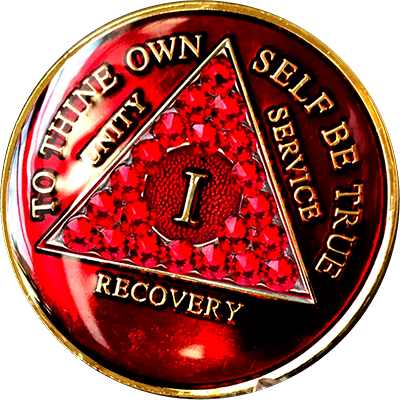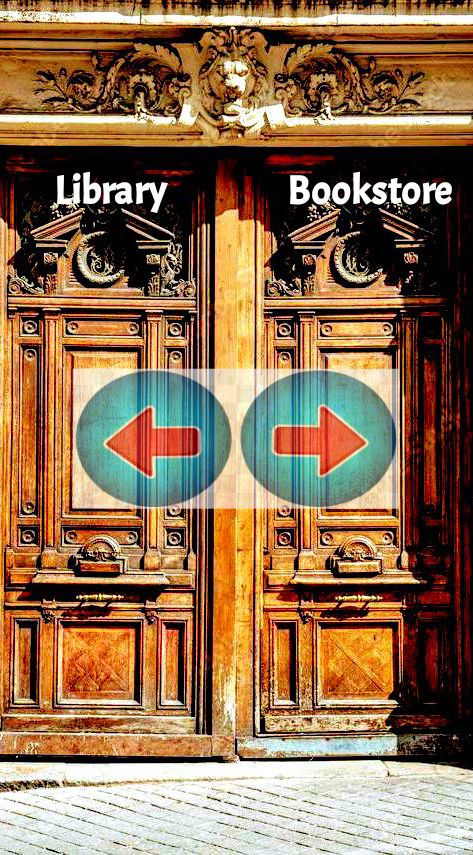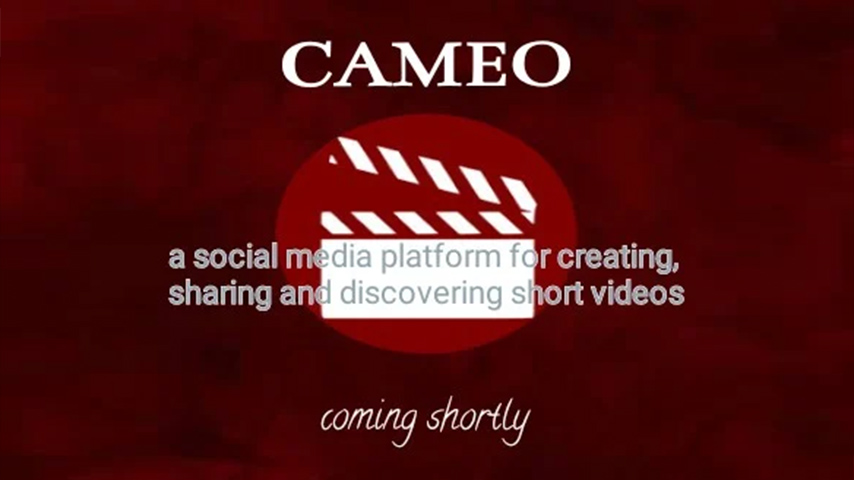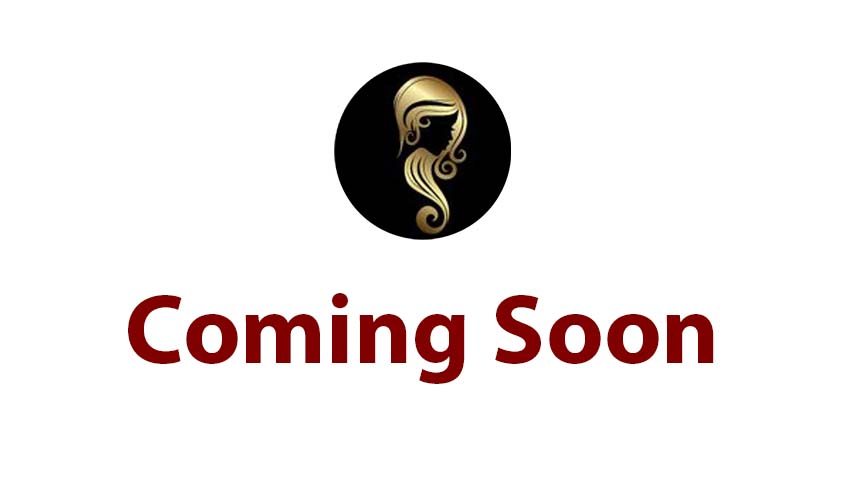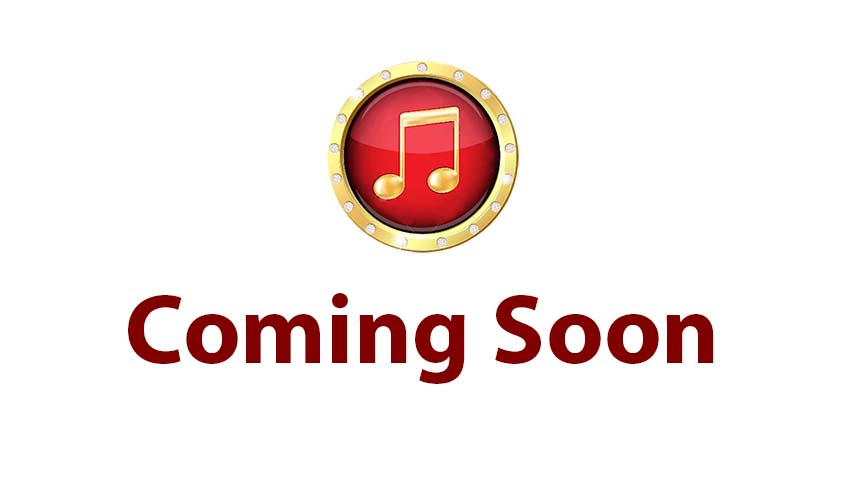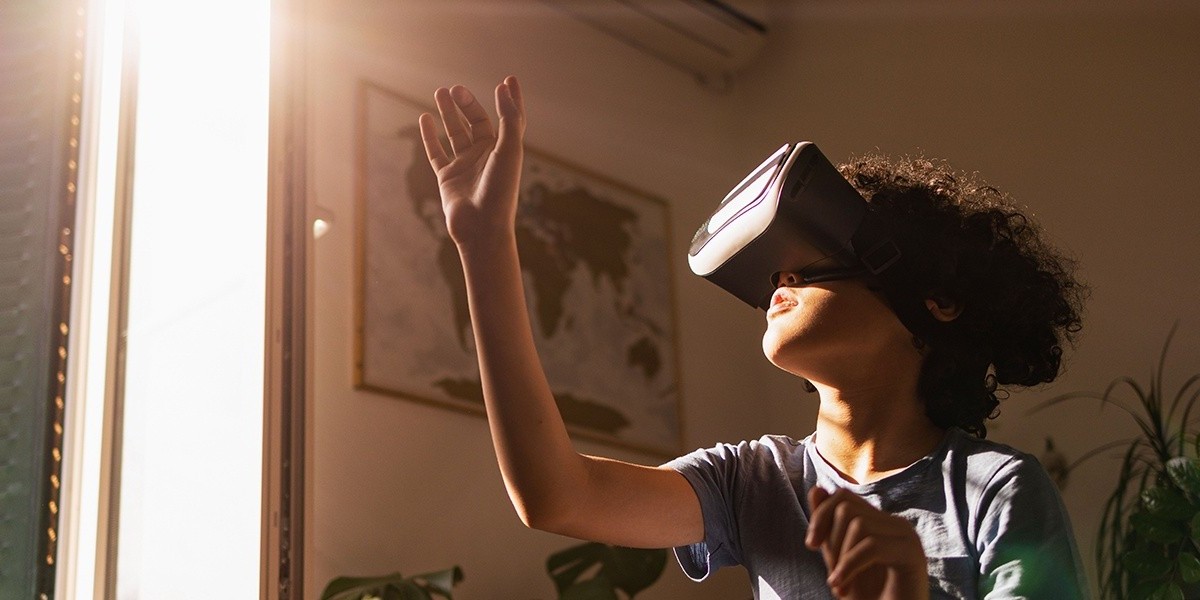It’s late evening in the city, the streets humming with the kind of quiet anticipation only a theater district knows. Somewhere behind heavy velvet curtains, stagehands move like shadows, adjusting a final light cue. A few blocks away, a film editor splices the last frame of a scene that will debut on streaming next week. And in a small recording booth halfway across the world, a voice actor delivers the same line twenty-three times until it lands with just the right balance of grit and hope.
Entertainment is never just about the show. It’s a living organism — evolving with each technological leap, each cultural shift, and each generation that demands to see itself reflected in the stories being told. The future of this world feels closer than ever, yet unpredictable in its form.
A World Between Frames
Cinema and theater have always been separated by more than just medium. One thrives in captured moments, forever locked into reels or digital files; the other breathes differently every night, responding to the rhythm of its audience. But as 2025 unfolds, those boundaries are blurring.
Hybrid productions now stream live performances to global audiences while retaining the intimacy of in-person theater. Directors experiment with “choose-your-own-path” narratives in films, giving viewers control over plotlines once considered sacred to the writer. Technology, particularly AI-assisted tools, is no longer just a backstage player — it’s stepping into the limelight, challenging our definition of creativity.
And yet, there’s a paradox here. The more we digitize, the more audiences seem to crave the tangible: the gasp of a crowd at a plot twist, the creak of a stageboard under a dancer’s heel, the scent of popcorn in a cinema that’s seen a hundred premieres.
Footlights and the Human Connection
There’s something irreplaceable about the footlights — that old theater term for the lights that separate the audience from the stage. They aren’t just a border; they’re a bridge. Every flicker of light across an actor’s face carries centuries of tradition, from Shakespeare’s Globe to Broadway’s neon blaze.
In an era dominated by streaming platforms, the stage still holds a unique power: it forces presence. You can’t pause a monologue to check your phone or rewind a live dance performance. That urgency makes it more than art — it makes it human.
Even in a future filled with virtual sets and augmented reality, there will be a need for the kind of storytelling that happens when the storyteller and the listener share the same air.
Table: Shifts Shaping the Future of Entertainment
| Shift | Past Era | Emerging Era | Impact |
|---|---|---|---|
| Distribution | Local theaters, physical media | Global streaming, VR live events | Wider reach, more inclusivity |
| Technology | Practical effects, analog filming | AI-assisted editing, virtual production | Faster creation, new genres |
| Audience Role | Passive viewing | Interactive story participation | Greater engagement, personalization |
| Cultural Lens | Limited representation | Inclusive, global narratives | Broader empathy, richer perspectives |
| Access | Geographically limited | Borderless viewing | Cultural exchange across continents |
Futures in Motion
The future of entertainment isn’t about replacing one format with another. It’s about weaving together every available tool to expand the way stories can be told. Imagine:
A stage play where your ticket purchase unlocks a behind-the-scenes mini-documentary you can watch at home.
Films that adapt their emotional tone based on your facial expressions during viewing.
Concerts where holographic performers join real musicians on stage, creating collaborations across time.
For creators, these new frontiers mean opportunity but also challenge. When every medium is accessible, competition becomes fierce. The question shifts from “What’s possible?” to “What’s meaningful?”
The Weight of Legacy
Amid the tech and trend talk, there’s an important truth: every future is built on the past. The industry’s most enduring works — whether films, plays, or live performances — have lasted not because they were technologically superior, but because they touched something essential in the human spirit.
And that’s where the next era’s greatest risk lies. If the pursuit of innovation overtakes the pursuit of emotional truth, the heart of entertainment could be lost in the noise of its own spectacle.
Bridging the Now and the Next
Somewhere between the footlights and the flicker of a film frame, between the immersive headset and the front-row seat, lies the true future of entertainment. It’s a future where technology is the brush, but humanity remains the artist.
This is where platforms like Archaic Press Magazine are essential — chronicling these shifts, spotlighting both the traditional and the experimental, and reminding us that behind every groundbreaking format is a storyteller trying to reach a listener.
FAQ: The Next Era of Entertainment
Q1: What’s driving change in the entertainment industry?
Technological innovation, audience demand for interactivity, and the push for global inclusivity are the main forces reshaping entertainment.
Q2: Will live theater disappear with digital growth?
Unlikely — if anything, live performance may become more valued as a rare, irreplaceable experience.
Q3: How is AI changing creative work?
AI is streamlining editing, scripting assistance, and special effects, allowing creators to focus more on storytelling.
Q4: What role will VR and AR play in the future?
They’ll expand immersive experiences, letting audiences step inside stories rather than just observe them.
Q5: Are audiences more active in shaping stories now?
Yes — interactive films, live polls in concerts, and branching narratives give audiences new influence over outcomes.
Q6: Will older forms like radio drama survive?
Yes, often through reinvention — podcasts are a modern form of classic radio storytelling.
Q7: How can creators stay relevant in the next era?
By combining new tools with timeless storytelling principles rooted in human connection.
Q8: Is there still space for low-budget indie creators?
Absolutely — digital platforms have lowered barriers for distribution and audience building.
Q9: What’s the biggest challenge for the future of entertainment?
Balancing technological innovation with authenticity and emotional resonance.







